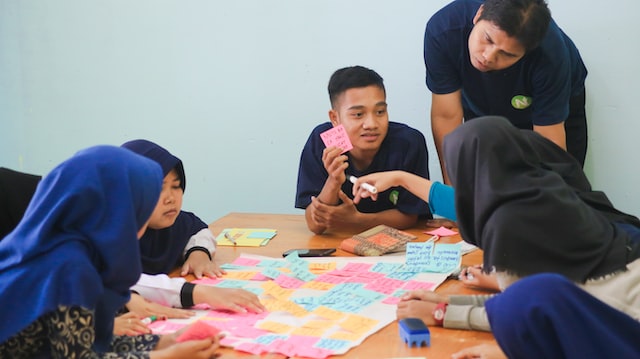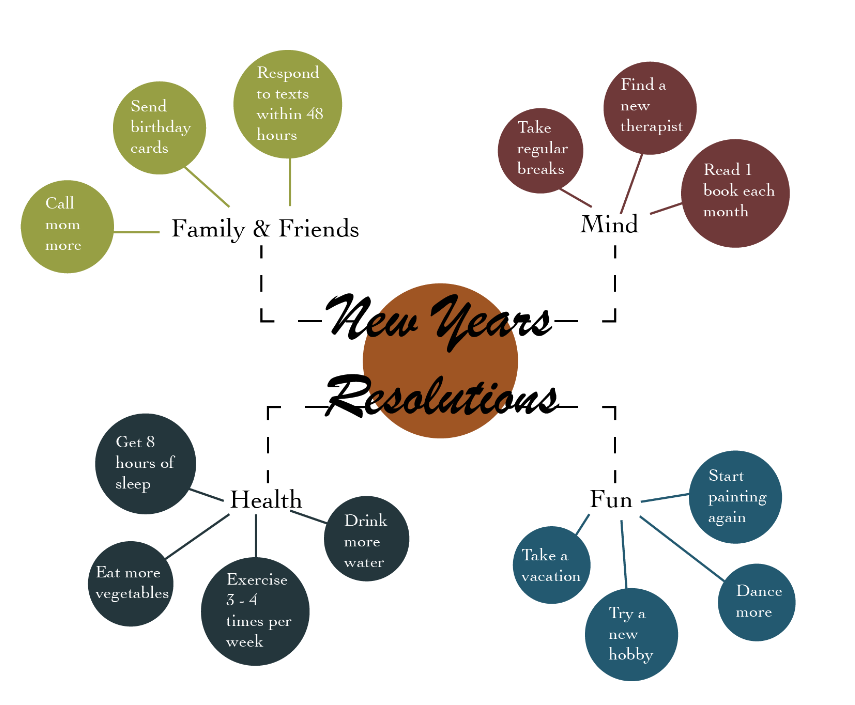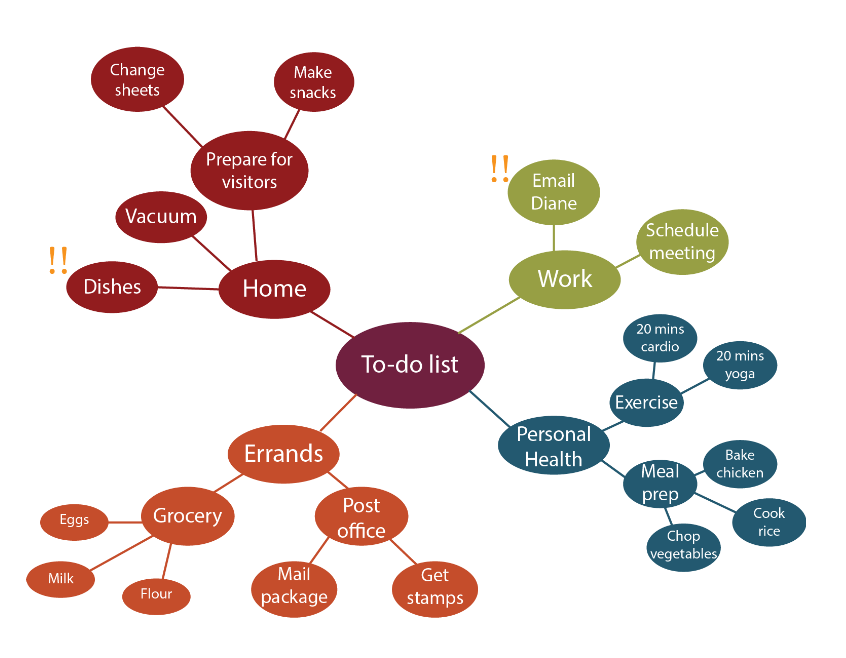Mind Mapping: Definition & Examples in PsychologyMind mapping is a powerful technique for organizing our thoughts. Learn more about what mind mapping is and how it might benefit you.
Because our brains are tuned to efficiently process complex visual information, visualizing concepts with techniques such as mind mapping is an effective way to facilitate learning and comprehension. Let’s talk more about what mind mapping is and how you can use it as a tool for learning and self-improvement.
Before reading on, if you're a therapist, coach, or wellness entrepreneur, be sure to grab our free Wellness Business Growth eBook to get expert tips and free resources that will help you grow your business exponentially. Are You a Therapist, Coach, or Wellness Entrepreneur?
Grab Our Free eBook to Learn How to
|
Are You a Therapist, Coach, or Wellness Entrepreneur?
Grab Our Free eBook to Learn How to Grow Your Wellness Business Fast!
|
Terms, Privacy & Affiliate Disclosure | Contact | FAQs
* The Berkeley Well-Being Institute. LLC is not affiliated with UC Berkeley.
Copyright © 2024, The Berkeley Well-Being Institute, LLC
* The Berkeley Well-Being Institute. LLC is not affiliated with UC Berkeley.
Copyright © 2024, The Berkeley Well-Being Institute, LLC






